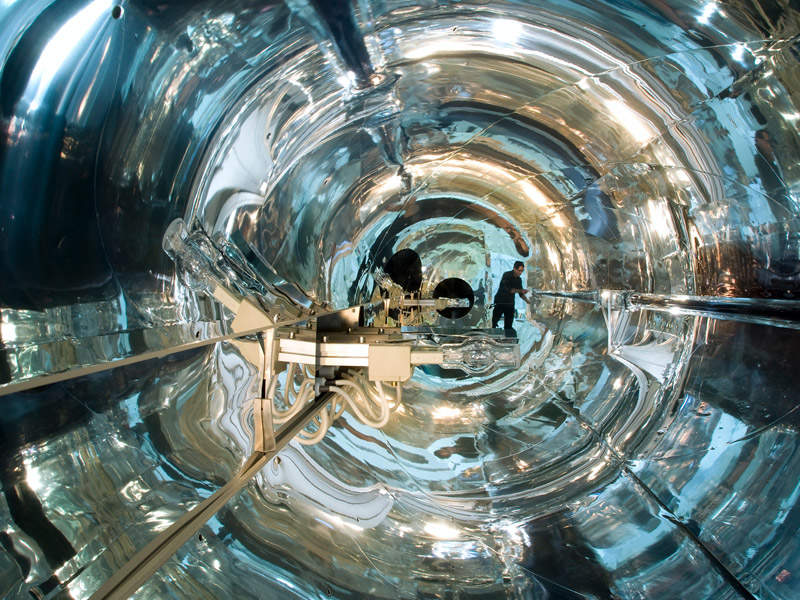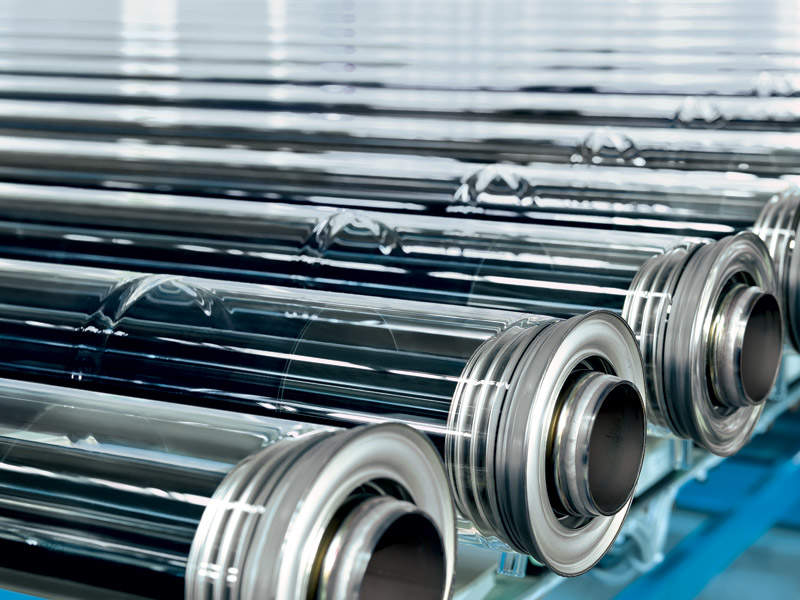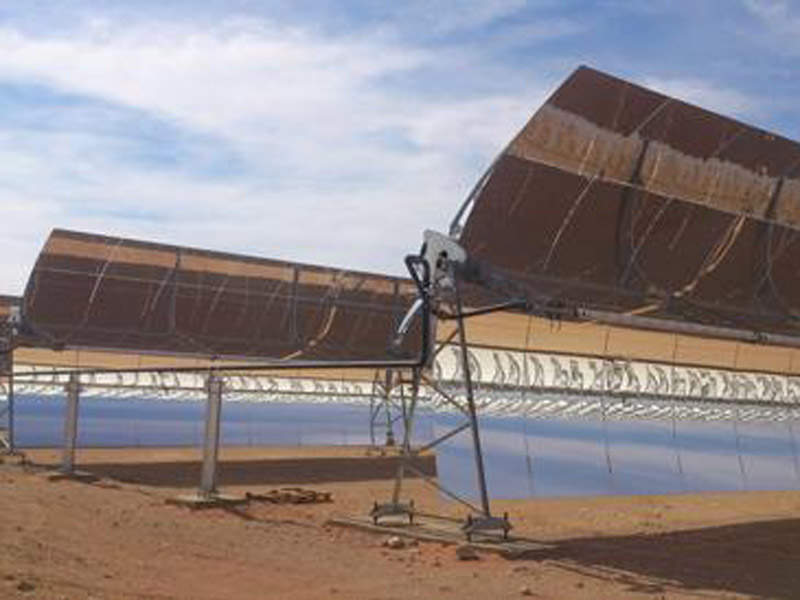The Bokpoort Concentrated Solar Power (CSP) Project is located in Bokpoort, approximately 25km north of Groblershoop, in the Northern Cape Province of South Africa. The independent power project (IPP) is being developed as part of South Africa’s Renewable Energy IPP procurement programme (REIPP).
The developer is ACWA Power International (ACWA Power), who leads a consortium comprising the Public Investment Corporation (PIC) of South Africa, Lereko Solafrica Investment, Lereko Metier Solafrica Fund 1, Lereko Metier Sustainable Capital Fund, Kurisani Solafrica Investments and Solafrica Community Investment Company.
NOMAC, a subsidiary of ACWA Power, and Invest In Africa Energy Services will be responsible for providing operations and maintenance (O&M) services for the facility.
The project achieved financial closure in June 2013, and the construction works were subsequently initiated. The 50MW CSP plant incorporates a 1,300MWh molten salt energy storage facility, which will provide approximately 9.3 hours of thermal energy storage.
Bokpoort CSP Project benefits
The renewable energy facility will have an output capacity of 200GWh/year, which is sufficient to serve approximately 21,000 households and offset 230,000t of carbon dioxide emissions a year.
Other significant benefits from the CSP project include the generation of approximately 900 jobs during the peak construction phase, 60 jobs during the O&M phase and approximately $2m in additional investments each year.
Plant make-up and technology used
The project site covers an area of approximately 6,700ha, of which the facilities cover a total area of approximately 250ha.
The CSP plant employs Sener’s proprietary SENERtrough cylindrical-parabolic collectors, which direct solar radiation to a central absorber tube containing a heat transfer fluid (HTF) such as thermal oil.
The heated oil is pumped to the heat exchangers, which transfer the thermal energy to heat water. The generated steam is then used to drive a SST-800 Siemens steam turbine-generator to produce electricity.
A stream of the same HTF is also used to heat a molten salt mixture stored in two large insulated tanks, which retain the heat and release it during the night or during cloudy days. Following the transfer of heat, the HTF is cooled and re-circulated through the receivers to repeat the process.
The project will also involve the installation of a back-up diesel-fired boiler to enable the direct heating of the HTF to prevent the crystallisation of the molten salt during cold nights.
The required water for the project will be sourced from the Orange River with a dedicated water transmission pipeline.
Grid connection and off-take agreements
The output from the project will be conveyed to the existing Eskom Holding’s Garona substation located at the site, which will facilitate the connection with the national grid. The entire output from the project will be sold to Eskom under a 20-year power purchase agreement.
Financing for the Bokpoort Northern Cape Province solar project
The project requires an estimated investment of R1.95bn ($520m). Senior debt funding is being provided by Investec Bank, Absa Bank and Old Mutual Specialised Finance, with the former two banks serving as the mandated lead arrangers. The lenders were advised by Fasken Martineau DuMoulin and Mott MacDonald.
Contractors involved with the world’s largest CSP molten salt energy storage facility
The engineering, procurement and construction (EPC) contractor for the project is the joint venture of TSK Electrónica y Electricidad, Acciona Infrastructuras, Acciona Ingeniería, Sener Ingeniería y Sistemas and Crowie Concessions.
The solar mirrors for the project were supplied by Flabeg Fe, while Schott supplied approximately 26,000 of its proprietary SCHOTT PTR 70 receivers and the main pumping systems are being engineered and supplied by Flowserve.
The environmental impact assessment (EIA) study for the project was performed by Royal HaskoningDHV, who further carried out two basic assessment processes for the water supply pipeline and also served as the Environmental Control Officer during the initial construction stage.
The performance and durability of the reflectors and receivers were tested by Deutsches Zentrum für Luft- und Raumfahrt (DLR), and Centro de Investigaciones Energéticas, Medioambientales y Tecnológicas (CIEMAT).






